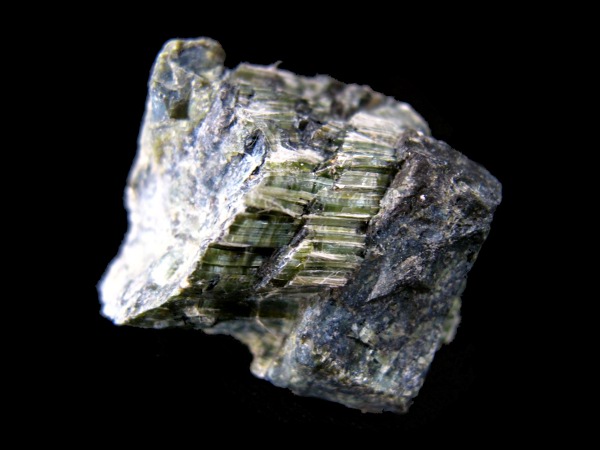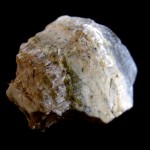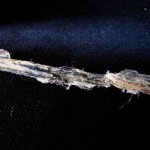Chemical Formula: NaCa2Si3O8(OH)
Class: Silicates, Phyllosilicates
Hardness: 3.5-5.5
Coloration: Mainly Green, but also white grey, yellow, and greenish blue
How to identify it/Unique Characteristics or Properties: Serpentine is a group of 16 or more minerals found in metamorphic, well hydrated, rock, like deep sea rock that has gone through great pressure and is now exposed. It gets its name from the mottled green look that it generally has. There are several key types of serpentine, including chrysotile; a fibrous rock that is where most commercial asbestos comes from, and lizardite; a fine grained variety used as gemstones.
Where to find it in…
The Northwest: Lane and Marion County Oregon, Skamania County Washington
Other: Widely found due to the variety of types, from Arizona and Vermont, to England, South Africa, Crete, Italy, Canada, China, and Switzerland.
Past Uses: Primarily it is used in asbestos for fire retardation. It can also resemble a softer jade and is used as a gemstone. It was carved into dishes in Crete during the Minoan civilization.
How it was Made: It is formed by a chemical alteration of other minerals. Generally hot water meets magnesium silicates.
Interesting Facts: Many forms of Serpentine occur in veins, and the fibers of chrysotile are among the best fire retardants in the world, and have been used as such for centuries.




